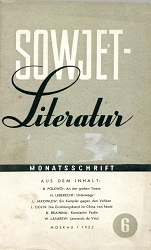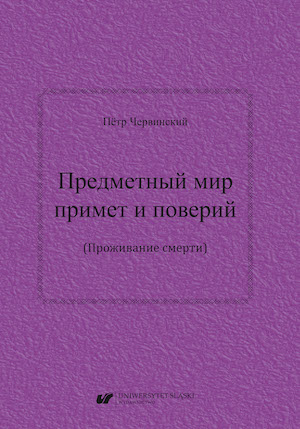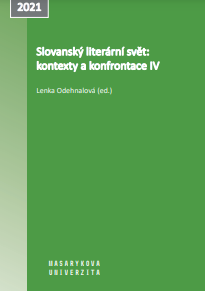
Авторитетът на смисъла. Теория и интерпретации. Сборник в чест на доц. д-р Атанас Бучков
The publication of the present Festschrift volume was suggested and initiated by the Department of Bulgarian Literature and Theory of Literature, School of Letters at Plovdiv University Paisii Hilendarski. It is dedicated to the seventieth anniversary of assoc. prof. Atanas Buchkov, long-term head of the department. This volume includes papers of literary scholars in various areas from Bulgarian and foreign academic centres – Plovdiv University Paisii Hilendarski, Sofia University St. Kliment Ohridski, The Institute of Literature at the Bulgarian Academy of Sciences, St Cyril and St Methodius University of Veliko Tarnovo, The South-West University Neofit Rilski in Blagoevgrad, Queen Mary University London, Ruprecht-Karls-Universität Heidelberg, Tver State University Russia. The papers are published in honour of the literary scholar and teacher who merits a place amidst the most prominent representatives of Plovdiv philological community, a person of incontestable contributive influence and renoun in nurturing and solidifying the philological and humanitarian education at Plovdiv University. This Festschrift unites scientific researches devoted to issues representative of prof. Atanas Buchkov’s scholarly interests – the theoretical heritage of M. M. Bakhtin; the dialogic principle of/in literature and culture; author and his aesthetic and social roles; methodology of literary theory and of the humanities; the possibilities, premises, and routes of interpretation.
More...


















